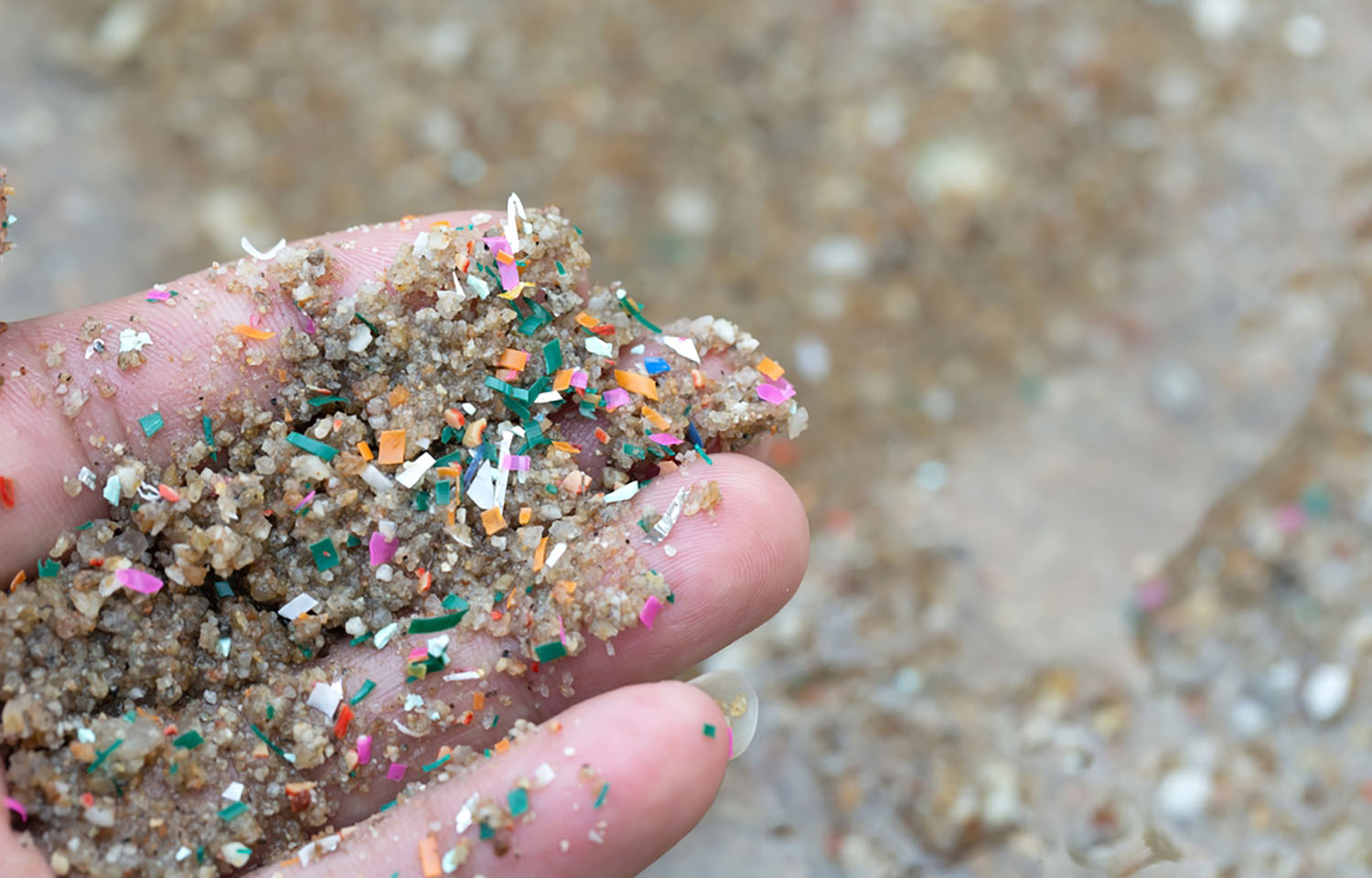There is a negligible difference between the amount of microplastics found in seafood and other types of protein, a new report has found.
The study, published in December 2023 and titled “Exposure of U.S. adults to microplastics from commonly consumed proteins” revealed that the number of microplastics per gram analyzed showed no significant difference between seafood, terrestrial meats, and plant-based proteins.
Additionally, highly processed foods had the most microplastics per gram, and there was also no difference between brands or store types regarding the presence of microplastics in protein products.
Seafood has faced disproportionate scrutiny for human microplastic consumption, which the research finds is due to the fact that food products coming out of the world’s oceans have undergone more microplastic research compared to other protein types.
“Our study shows that plastics in our food goes well beyond fish and shellfish to a wide variety of other protein sources,” Ocean Conservancy Chief Scientist and Co-Author George Leonard said. “Our work is a call to action to reduce plastic pollution in its many forms to ensure a safe and healthy food supply for all consumers.”
Regardless, the study’s authors have expressed concern at the penetrating, unavoidable presence of microplastics.
“This is a startling reminder of just how prolific plastic pollution has become; humans live on land, and yet seafood samples are just as likely to be contaminated with plastics as are terrestrial-derived proteins,” Ocean Conservancy Associate Director of Plastics Science and Marine Biologist Britta Baechler said in a press release. “There’s no escaping them no matter what you eat, it seems. The plastic pollution crisis is impacting all of us, and we need to take action to address its many forms.”
Leonard also expressed concern about the amount of microplastics showing up in food being consumed worldwide, including seafood.
“As ocean scientists, my co-authors and I are deeply concerned about the growing plastics crisis in the world’s oceans,” Leonard said.
Experts have identified microplastics in human lungs, blood, hearts, and placentas, resulting in the need for scientists to swiftly develop solutions to alleviate the problem. While airborne inhalation is still commonly the main exposure route, the study found microplastics ingested through eating contaminated food may also contribute significantly to human consumption of microplastics.
Led by researchers from the University of Toronto and Washington, D.C., U.S.A.-based nonprofit Ocean Conservancy, the study focused on 16 protein products, including seafood and seafood analog products such as breaded shrimp, pollock fish sticks, both minimally processed and fresh-caught white Gulf shrimp, Alaska pollock, Key West pink shrimp, and plant-based fish sticks. The protein products studied were all purchased in the U.S.
Breaded shrimp showed a significantly higher microplastic count than generic chicken breasts, and despite being an outlier, the breaded shrimp in the study still had lower contamination levels than shrimp measured in other studies.
The study’s authors said it is imperative that future studies widen the scope of the products they study to provide a better understanding of the dangers of microplastic consumption globally.
Photo courtesy of chayanuphol/Shutterstock







